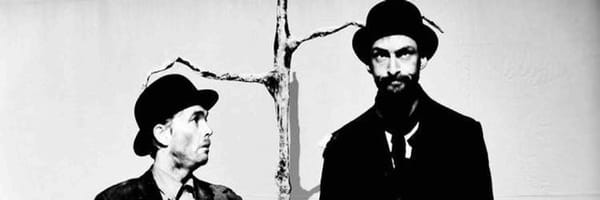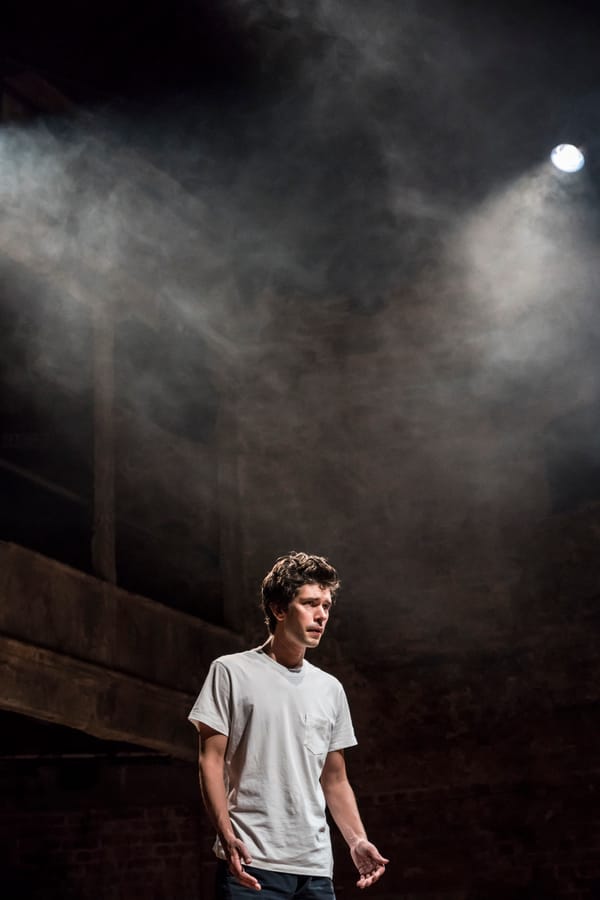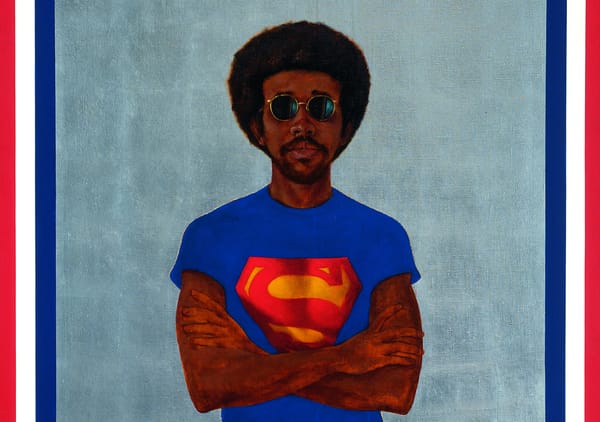Getting to the truth of Jasper Johns
The Royal Academy has a valiant attempt to get to the heart of the American icon
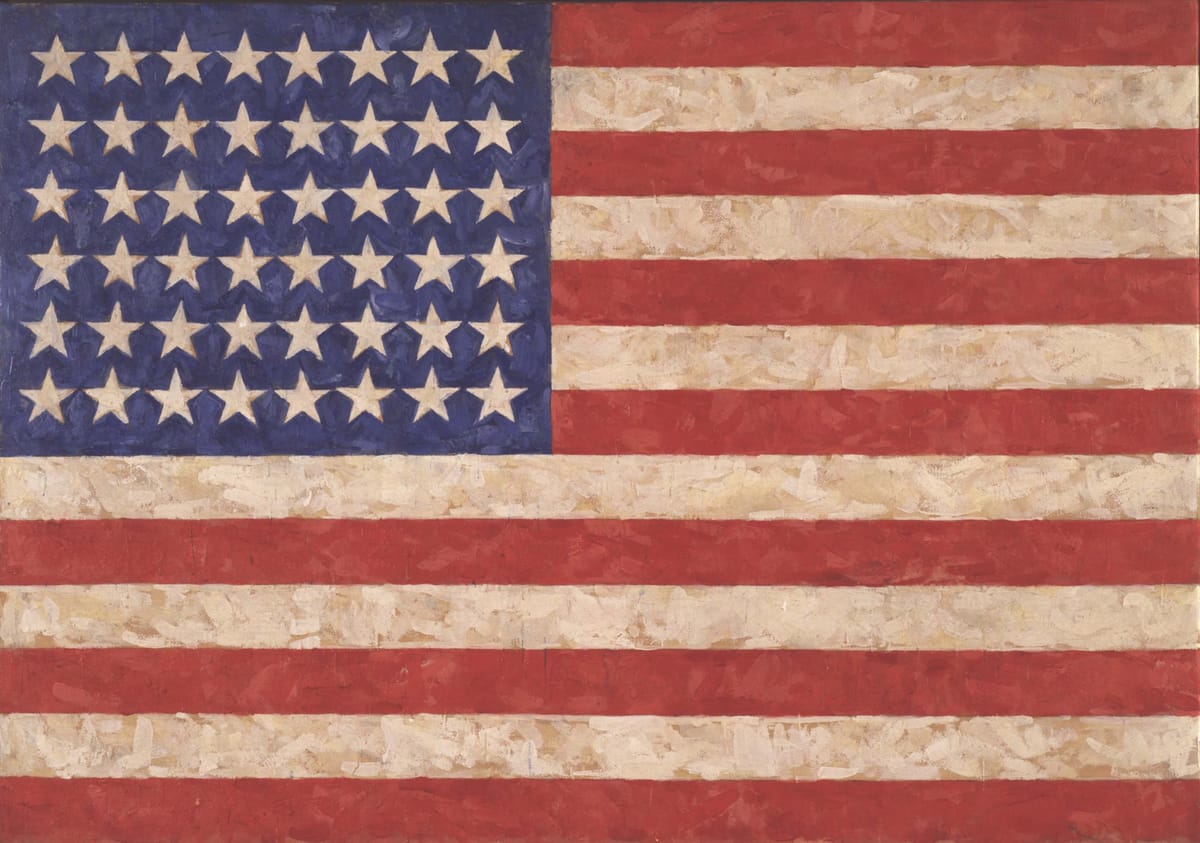
On the way out of the press viewing of the Royal Academy's latest exhibition, Jasper Johns: ‘Something Resembling Truth’, an immense monograph of the titan of 20th century American art, I overhear a fragment of a conversation: “and when did he die?”
Johns is still going strong, but it is an easy mistake to make: his work is so integral to the story of American mid-century art – contributing to the break with the abstract expressionism that dominated the 1940s and 50s – and his themes so well known, that any comparable peers – Robert Rauschenberg, Merce Cunningham, John Cage – have all passed away. Not Johns, however, who is still creating work; indeed, the latest work featured in the exhibition was created just last year, and acts – in part – as a reflection on a body of work that spans six decades.
Yet this legacy presents a challenge to curators: how to avoid immortalizing Johns in his most prolific decades of the 1960s and 70s, encasing him in flag paintings and targets like so many flies in amber?
The RA’s attempt to get around this is to arrange the hang thematically, rather than chronologically: from the starting point of the Wohl Central Hall, visitors move counter-clockwise through the rooms, completing a circular route that attempts to highlight the repetitive, near-obsessional way Johns returned to previous themes.
It doesn’t quite have the desired effect, however, since the first themes that we are introduced to are those that arose in his earliest works, meaning the show retains a sense of chronology. As such, American flags, target signs, and numbers dominate the first few rooms. We begin with ‘Flag’ (1958), possibly one of his most famous works; painted just a few short years after his return to New York City following the Korean War, it establishes his key thematic principle of interrogation of the visual world. His use of encaustic, an ancient technique in which pigments are introduced to heated beeswax, provides his works with a rich, tangible quality, making them dense with sensory information.
The flags on show also highlight Johns’ fascination with repetition, and the effects it has on the conscious act of looking: we have 48-star flags and 50-star flags; red flags and grey flags and orange-black-and-green flags. The result is that the viewer begins to look deeper into each work, making out all the minutiae that make his paintings distinct.
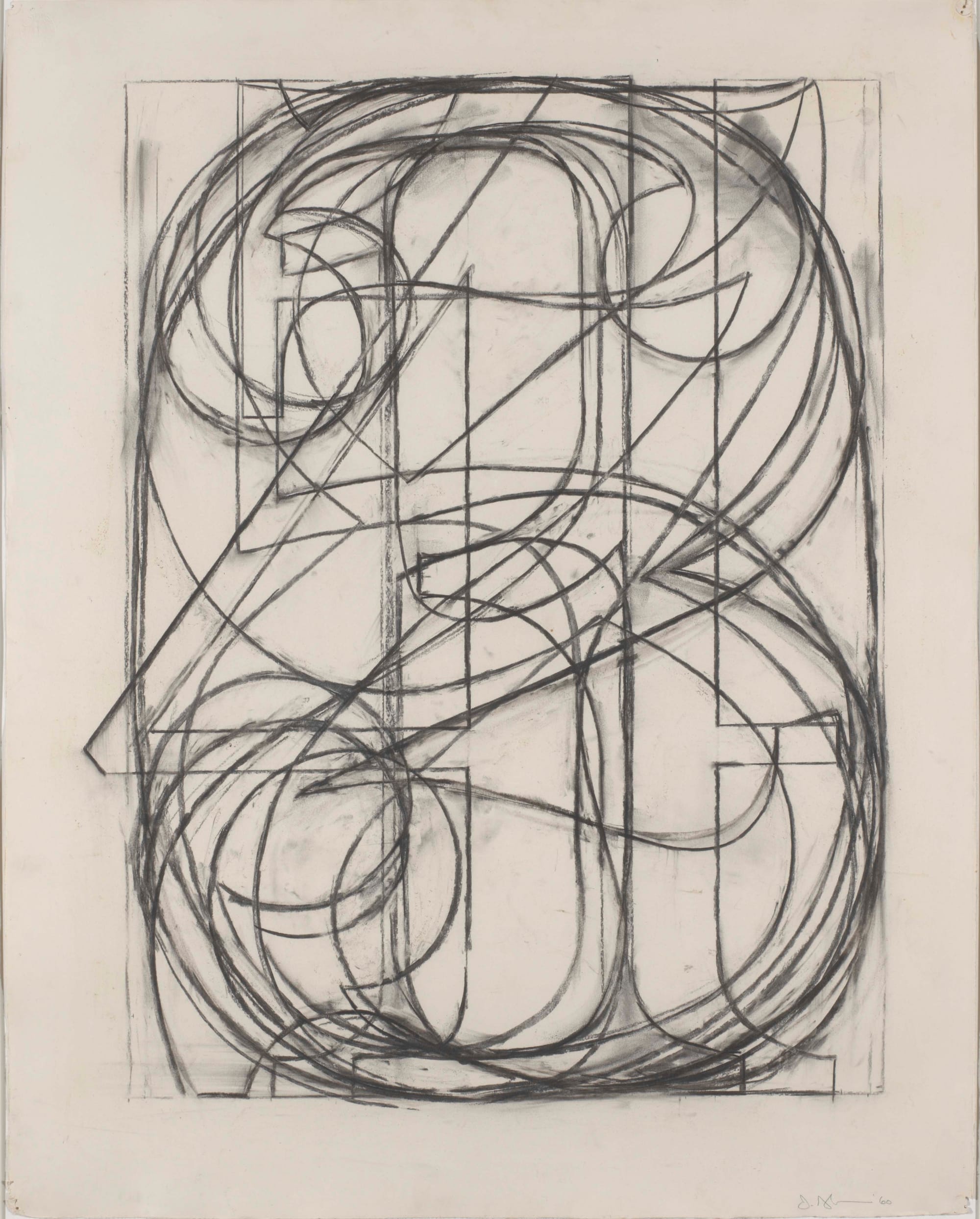
This obsession with variation and repetition is continued in his number works, particularly ‘Numbers’ (2007), a vast sheet-like sculpture pockmarked with small additions and subtle difference, like the imprint of Cunningham’s foot in the upper corner. Elsewhere, numerals press out of vibrantly-coloured backgrounds like a set of Ishihara plates, or crowd each other, jostling for space as they overlap in a single frame.
This layering of information, which forms the key thread of his early burst of creativity, is most successful in his map paintings, and the curators have acquired a version from the early 1960s – done in his usual encaustic – painted in grisaille; functioning as both a painting and an instructional object, a product of the informational age, the work screams out with textual and textural data. The overall effect is one of upset and challenge, as the viewer is forced to re-evaluate icons that are usually passively consumed.
Where the show is most successful is in showing us the incredible playfulness that his work can possess, a punch of humour delivered straight to the gut. Works like ‘Painting with Two Balls’ (1960), in which two spheres peer through a crack in the canvas, showing off the wall behind the painting, display a lightness that is not often appreciated in Johns’ work. This piece is one of a group put together in which Johns is exploring what painting and sculpture really are, following on from the influence of Duchamp, through revealing and concealment. Rulers and brooms directly reference the act of creating a work, while hinges attached to canvases reimagine the painting as interactive object, asking the viewer to imagine what lurks behind the canvas, or what permutations folding the painting may create.
This approach, of puncturing the lofty nature of painting, is subverted in his sculpture ‘Painted Bronze’ (1960), in which he recasts his brushes and pot as a life-like bronze sculpture, elevating a Savarin coffee tin to high art.
However, for each playful element in the show there is a sharp edge: ‘Painting Bitten by a Man’ (1961), for example, in which Johns has gouged out a chunk of beeswax with his own teeth, undercuts the fixed nature of a painting in a method deeply tinged with violence. It is not surprising that in the only photo of Johns on the show – in a souvenir plate he got from Japan with his face on – he stares out from the china with a Keatonesque quality, evoking a star whose comedy always involved a sense of danger.
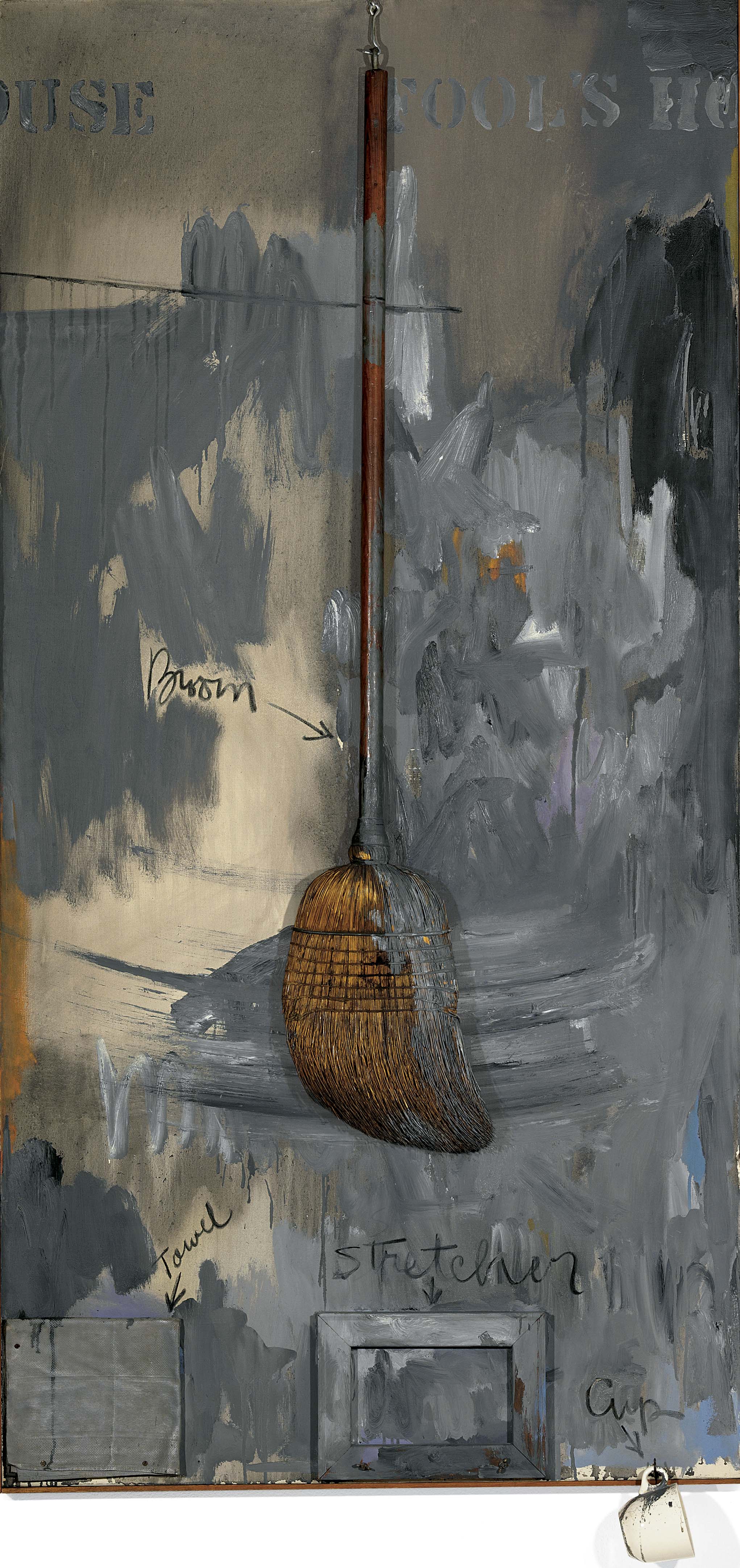
For Johns, levity and morbidness are two sides of the same coin. Consider ‘Fall’ (1986), one of his seasonal painting series, in which the backdrop to his shadow-self – ropes and ladders and pots – begins to literally fall, becoming a pile of detritus; this might seem tongue-in-cheek, or even cute, until you reach the next in the series, ‘Winter’ (1986), in which Johns’ shadow is fading from the canvas in preparation for death.
From the 1970s onwards, the initial creative drive seems to peter out somewhat, as mortality begins to haunt the works, from the disembodied limbs of ‘Decay’ (1971), to the ‘Catenary’ series, with their deeply muted approaches. Nowhere is this more apparent in his ‘Regrets’ series (2013), in which Johns reproduces an image of Lucien Freud, taken by John Deakin at the behest of Francis Bacon. He distills it through a series of prints, until the final product is almost unrecognisable: even now, Johns serves to beguile and frustrate.
By displaying so many works that have not filtered down into popular consciousness, the Royal Academy gives us a rich picture of Johns, moving us beyond his flags and numbers, and towards something more rounded. It reveals him as obsessed with the acts of both looking and laughing; determined to break down what makes a painting tick while also maintaining a respect for the process; a man who, through radical interrogation of our informational lexicon, created a new infographic language. For all this, however, Johns remains somewhat at a distance, unknowable – we can’t get at the truth, only something it resembles.
★★★★
Jasper Johns: 'Something Resembling Truth' is on at the Royal Academy until the 10th December. Tickets £17 adults; £12 students


